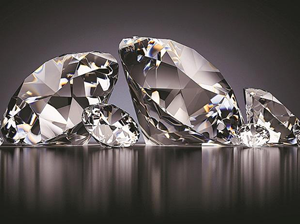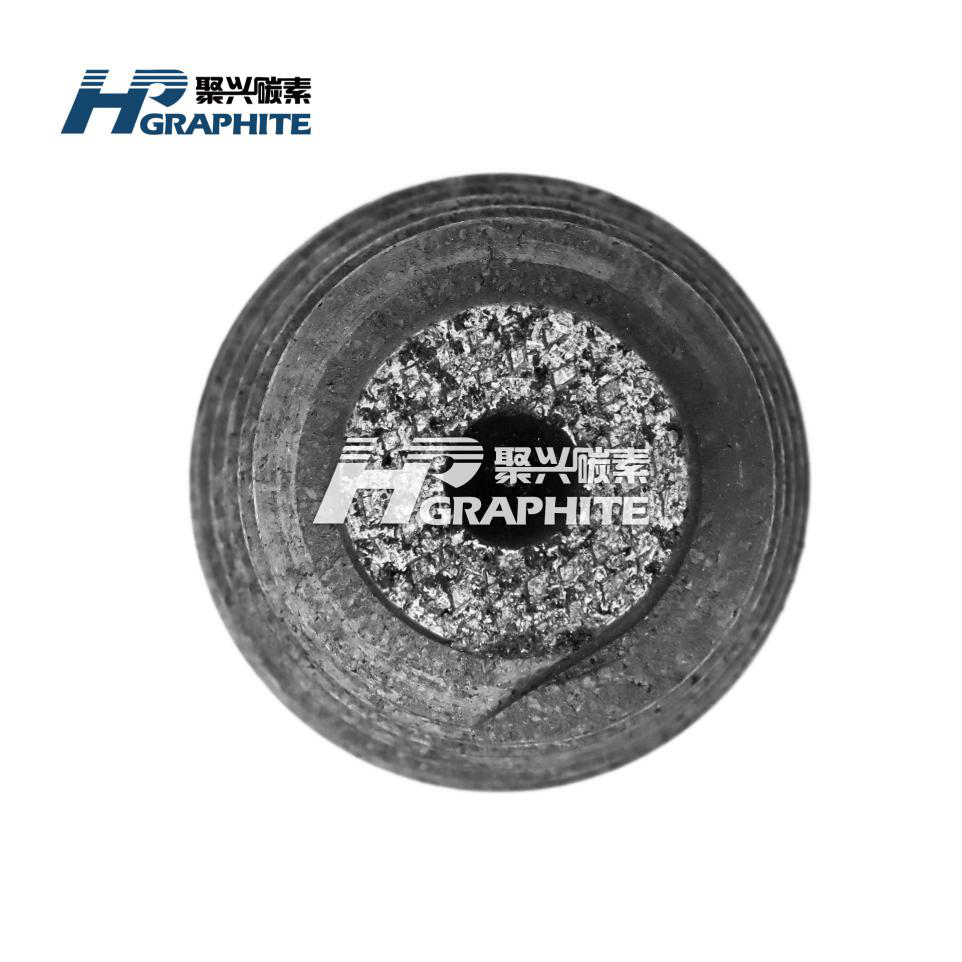Diamond is precious, graphite is more expensive Ⅰ

Diamond is precious, graphite is more expensive Ⅰ

Diamond refers to the carefully polished diamond. Diamond is a natural mineral and the raw stone of diamond.To put it simply, diamond is formed under high pressure and high temperature conditions in the deep earth, a simple crystal composed of carbon elements. Diamond is beautiful and rare. It is a symbol of love and loyalty. It represents eternal love. The price is also very expensive. It is recognized as the "king of gemstones".
Similarly, graphite, as an allotrope of carbon, is not so "rich". To get the best quality graphite products from us.
Graphite

Instead of hard physical properties like diamond, on the contrary, graphite is soft, black gray luster and greasy. Moreover, graphite is also rich in mineral resources. The large and medium-sized graphite deposits found in the world are mainly distributed in China, India, Brazil, Czech Republic, Canada, Mexico and other countries. According to the US Geological Survey, the world's graphite reserves are 71 million tons, and China's graphite reserves are 55 million tons, accounting for 77 percent of the world.
Graphite is not as expensive as diamond, but this does not mean that its application value is lower than diamond.
No matter how the times progress and how the society develops, graphite is closely related to our life from beginning to end. From the painting pigments in kindergartens, to later pencils, and even to the ubiquitous lithium batteries, there is a figure of graphite.
Physical and chemical properties of graphite
Graphite is a transitional crystal between atomic crystal, metal crystal and molecular crystal. In the crystal, the same layer of carbon atoms form covalent bonds by SP2 hybridization. Each carbon atom is connected with another three carbon atoms. The six carbon atoms form a regular hexagonal ring on the same plane and extend to form a lamellar structure. Carbon atoms in the same plane still have a p orbital, which overlap each other to form delocalized π bonds. Electrons can move freely in the lattice and can be excited. Therefore, graphite has metallic luster and can conduct electricity and heat transfer. Because the distance between layers is large, the bonding force (van der Waals' Forces) is small, and each layer can slide, so the density of graphite is smaller than diamond, soft and smooth.
Due to the special structure of graphite, it also has the following special properties:
(1) High temperature resistance
The melting point of graphite is 3850±50℃, even if it is burned by ultra-high temperature arc, the weight loss is very small and the coefficient of thermal expansion is very small. The strength of graphite increases with the increase of temperature. At 2000℃, the strength of graphite is doubled.
(2) Conductivity and thermal conductivity
The conductivity of graphite is 100 times higher than that of ordinary non-metallic minerals. Thermal conductivity exceeds that of steel, iron, lead and other metal materials. The thermal conductivity decreases with the increase of temperature. Even at extremely high temperature, graphite becomes an insulator. Graphite can conduct electricity because each carbon atom in graphite forms only three covalent bonds with other carbon atoms, and each carbon atom still retains one free electron to transfer charge.
(3) Lubricity
The lubrication performance of graphite depends on the size of graphite scale, the larger the scale, the smaller the friction coefficient, the better the lubrication performance.
(4) Chemical stability
Graphite has good chemical stability at room temperature, acid resistance, alkali resistance and organic solvent corrosion resistance.
(5) Plasticity
Graphite has good toughness and can be ground into very thin sheets.
(6) Thermal shock resistance
When graphite is used at room temperature, it can withstand the drastic change of temperature without being damaged. When the temperature changes suddenly, the volume of graphite changes little and cracks will not occur.
Classification of graphite
Graphite can be divided into natural graphite and artificial graphite.
Natural graphite
Dense crystalline graphite
Dense crystalline graphite is also called massive graphite. Such graphite crystals are obvious and visible to the naked eye. The particle diameter is greater than 0.1mm, the specific surface area is concentrated in the range of 0.1-1m2 / g, the crystal arrangement is disordered and in a dense block structure. This kind of graphite is characterized by high grade. Generally, the carbon content is 60 ~ 65%, sometimes up to 80 ~ 98%, but its plasticity and smoothness is not as good as flake graphite.
Massive graphite is the rarest and most valuable graphite ore, mainly distributed in Sri Lanka.
Flake graphite
Flake graphite is composed of many monolayer graphite, in metamorphic rocks as a separate flake existence, reserves are small, high value, the crystal is flake, which is metamorphic under high intensity of pressure, there are large scale and fine scale. This kind of graphite ore is characterized by low grade, generally between 2 ~ 3%, or 10 ~ 25%. It is one of the best floatability ores in nature. High grade graphite concentrate can be obtained by multiple grinding and separation. The floatability, lubricity and plasticity of this kind of graphite are superior to other types of graphite, so its industrial value is the largest.
Flake graphite is mainly distributed in Australia, Brazil, Canada, China, Germany and Madagascar. In recent years, large quantities of flake graphite resources have also been found in Tanzania and Mozambique. Some scholars have studied the flake graphite ores from Ancuaba in Mozambique and Chilalo in Tanzania, and the results show that the mineral composition of the graphite ores in Ancuaba and Chilalo areas is similar, and both are high-quality large-flake graphite resources.
Cryptocrystalline graphite
Cryptocrystalline graphite is also known as microcrystalline graphite or earthen graphite. The crystal diameter of this graphite is generally less than 1 micron, and the specific surface area is concentrated in the range of 1-5m2/g. it is an aggregate of microcrystalline graphite. The crystal form can be seen only under the electron microscope. This kind of graphite is characterized by earthy surface, lack of luster and slightly worse lubricity than flake graphite. High grade. The average is 60 ~ 85%, and the minority is as high as more than 90%. It is generally used in the foundry industry. With the improvement of graphite purification technology, earthy graphite is more and more widely used.
Earthen graphite is the most abundant one with smaller scales and low crystallinity. It is used to produce low-value products and the lowest price among the three kinds of graphite. Earthen graphite is mainly found in Turkey, China, Europe, Mexico and the United States.
Artificial graphite
There are many kinds of artificial graphite, such as single crystal graphite, polycrystalline graphite, pyrolytic graphite, highly oriented pyrolytic graphite, graphite synthesized by polyimide, graphite fiber, etc. Most artificial graphite products belong to polycrystalline graphite, more graphite news aquiring from us.
No related results found








0 Replies